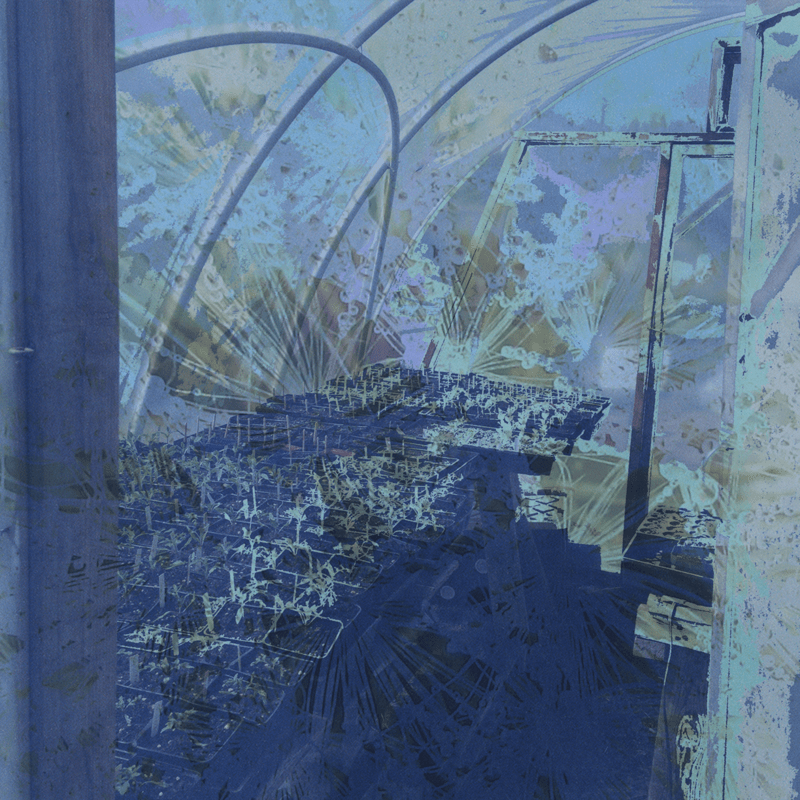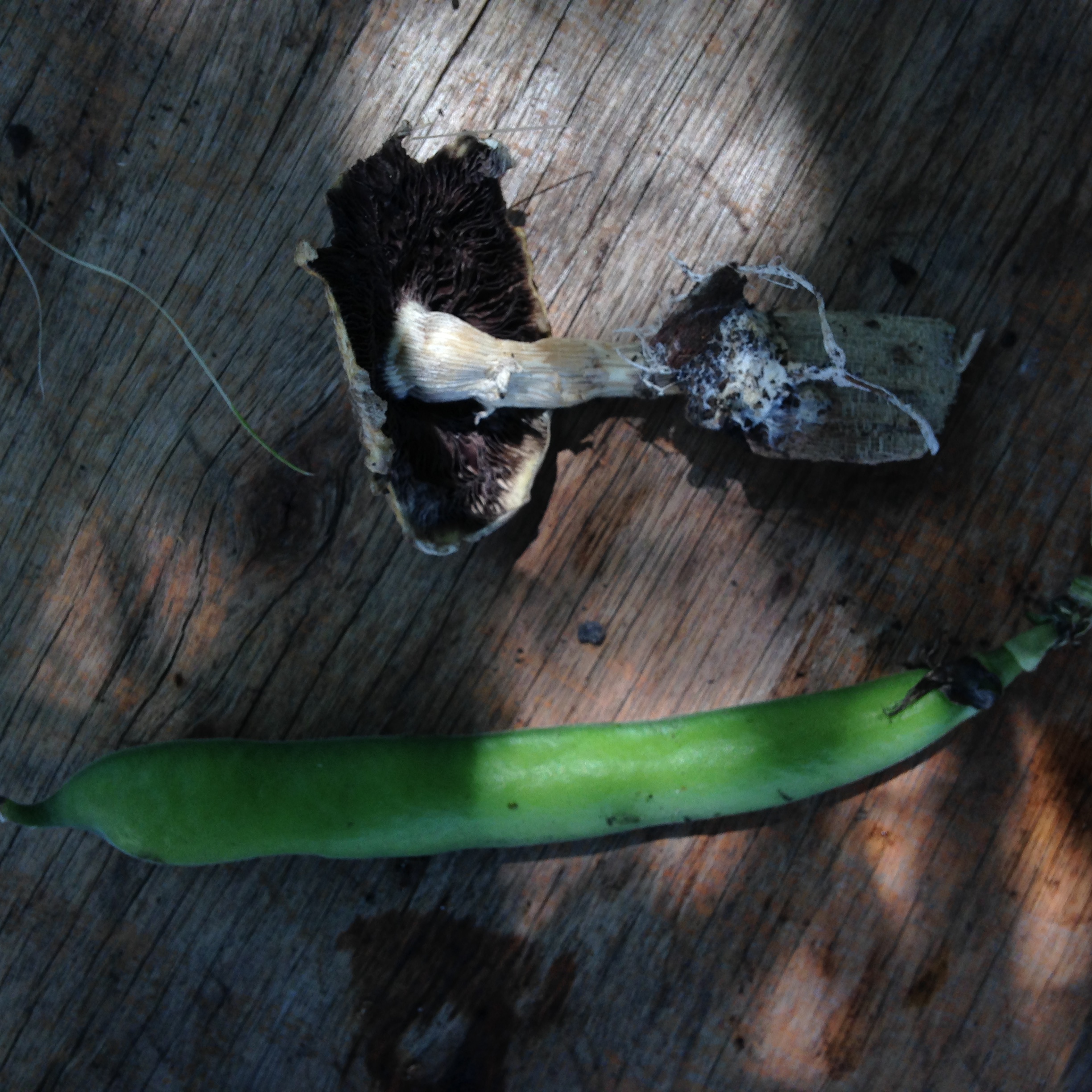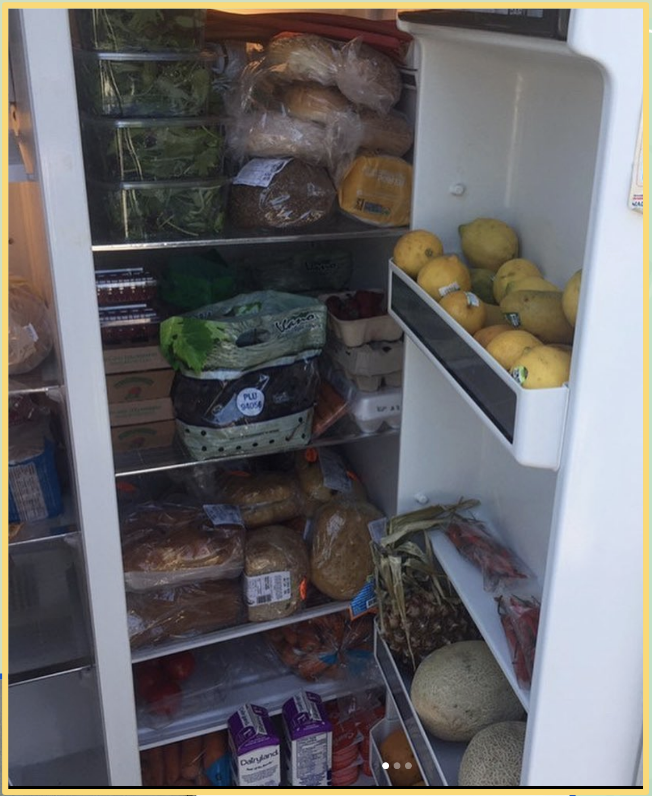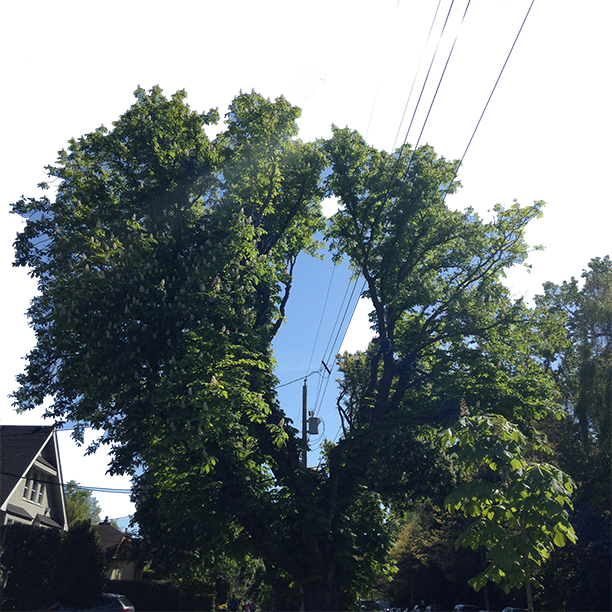Tending as a garden
Lauren St. Clair
Inspirations
knowledge constellations … — the language and modelling of knowledge lineages has been crafted by and is credited to Alice Yuan Zhang
The thoughts and ideas explored are rooted in and indebted to the knowledges of those including but not limited to:
Lai Yi Ohlsen — Thadeaus of A New World In Our Hearts — Ingrid Burrington — adrienne maree brown — ollie o’neil — Amiri Baraka — Ahmed Ansari — Alice Lam — Melanie Hoff — Dean Spade — Allisa Bennett — Samantha Skinner — Ursula K. Le Guin — Karis Shearer — The Community Memory Project — Shannon Mattern — A Wishlist for Trans*feminist Servers — Lillyanne Pham — Meghna Mahadevan — Lucas Drummond
|
(mycelium)
Tending as a garden
I found it helpful to analogize my class project to a garden infrastructure, inspired by biomimicry and permaculture. Using biomimicry as a tool for framing infrastructure is largely inspired by adrienne maree brown, as she draws on biomimicry explicitly in Emergent Strategy: Shaping Change, Changing Worlds in defining emergent ways of organizing that mirror more than human systems.
Gardens are not isolated ecosystems — their making is indebted to the soil, human and non-human caretakers, water, sun, and wind. Just as gardens, nothing we make or do is in isolation what we make forms a part of an ecosystem. Lai Yi Ohlsen’s network diagramming exercise was immensely inspiring in this way! I hadn’t diagrammed the network of a system like this before — drawing out the nodes and their connections revealed communities and constraints that I hadn’t previously recognized and probably wouldn’t have without the exercise. Empowering stuff <3 and I think also pairs powerfully with two principle’s from Emergent Strategy that adrienne maree brown’s defines as:
Move at the speed of trust. Focus on the critical connections more than critical mass—build the resilience by building the relationships.
and,
What you pay attention to grows.
Ricardo Levins Morales’s analogy of soil as the compost of our values also stuck with me when I first read it a couple years ago:
The seeds are our projects, our initiatives, our campaigns, our organizations, our institutions that we want to build. The soil is the compost of beliefs, ideas, values, and narratives that create the environment in which we’re working.
We might also be able to apply practices of water conservation, companion planting, soil remediation, and seed saving as analogies to our non-plant-based systems (but … if we mapped the network of any system will it maybe always come back to plants ??) —and particularly to those that seek to empower, build solidarity, be accountable to, and sustainable for the community in focus.
|
(tap root)

The Compost Education Center greenhouse, hosting many tomato sprouts, is overlaid in a hazy, multicolored close-up of dandelion seeds covered in dew.
Questions
diagramming the fridge infra (wip)
What if we consider water and water conservation as an analogy for capacity?
\— Can we map visible and invisible labor?
What is the lifetime of what we are trying to grow? Who are the caretakers?
What are the boundaries of this garden? What are the seeds of this garden?
What branches can be pruned to make room for growth or de-growth?
\— Where can we invite more invitations for growth or de-growth?

A snap pea beside a mushroom around two-thirds its size. The mushroom is attached at its base to a wood chip, held together by white and stringy mycelium.
What are companions? What do we invite or exclude in what we plant?
\— food forests, invasive species, and companion planting
capacities and keeping work in line with mutual aid principles vs. practicing charity under the guise of mutual aid — questioning professionalism and aesthetics
How do we learn from and maintain the plantings and conditions already present? What infra already exists in this ecosystem?
How do we archive ideas, experiences, and needs?
\— maintaining the experiences and ideas of the project participants
seed saving + sharing
/— knowledge sharing without prescription (no single solution!)
maintaining the experiences and ideas of the project participants
Over the class period, I’ve been working alongside community members in kelowna to help repair or build onto existing processes to better manage capacities while referencing some of these questions in conversation with others. Another priority over the period of the class was to elevate and archive community suggestions and ideas for the fridge, especially from users of the space, including ideas for food justice that go beyond a community fridge.
Since capacities have been low, some of this work has been slow moving so this is still in progress (and maybe always work in progressing). I’m hoping to continue to help alongside folks to maintain and care for (cr. Shannon Mattern) the community fridge and its network.

The inside of the community fridge, full of mostly fruits, veggies, bread, and some milk.

The exterior of the previous shed which housed the community fridge. The side is painted in a mural of vibrant fruit and vines. The mural was painted by arianna tooke and Jasper Berehulke.
|
(nodules — branches)
Seeding
work in progressing …
-
Work with community members in so-called victoria to help preserve evidence taken during street sweeps
-
Considerations:
-
Is the infrastructure that stores evidence (notes, images, videos, and audio) physically owned and operated by those experiencing street sweeps?
-
If the physical infrastructure is held outside of a camp, how do community members still hold access and autonomy over evidence they have taken or may be a subject in?
-
How is ongoing and enthusiastic consent built into evidence collection and storage from the beginning?
-
-
-
Continue to work with local and kelowna-based food justice + redistribution efforts to elevate users of spaces in decision-making and autonomy over direction
-
While accessing food waste from grocers and food producers, can we still also challenge the extractive and wasteful food system → challenging professionalism and creating more invitations for food grown and prepared by community members
-
-
Connect to the class webring initiated by wang yifan
-
Get server up and running on solar
-
|
(buds,
‘ ‘ ‘ seeds)
Thank you, Alice, Max, and Mark for curating a generative, inspiring, and affirming class. Thank you, everyone, for making the class space feel both safe and challenging ♡
✸ website (wip): https://laurenstclair.github.io/
✸ are.na: https://www.are.na/lauren-st-clair

A horse chestnut tree that’s had its center branches trimmed all the way back to make room for wires to pass through.